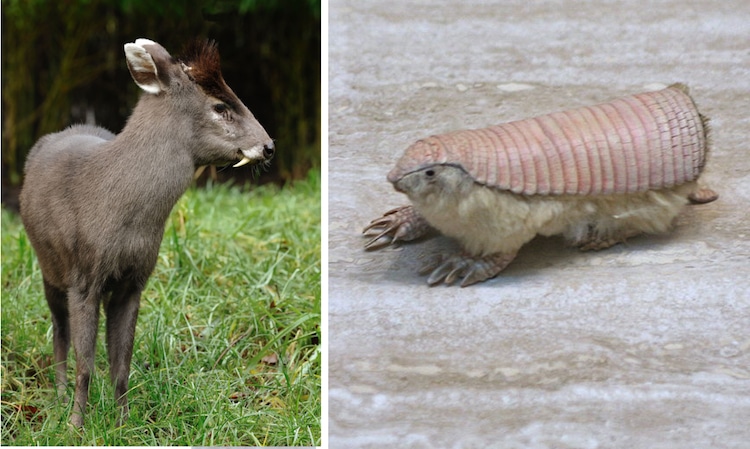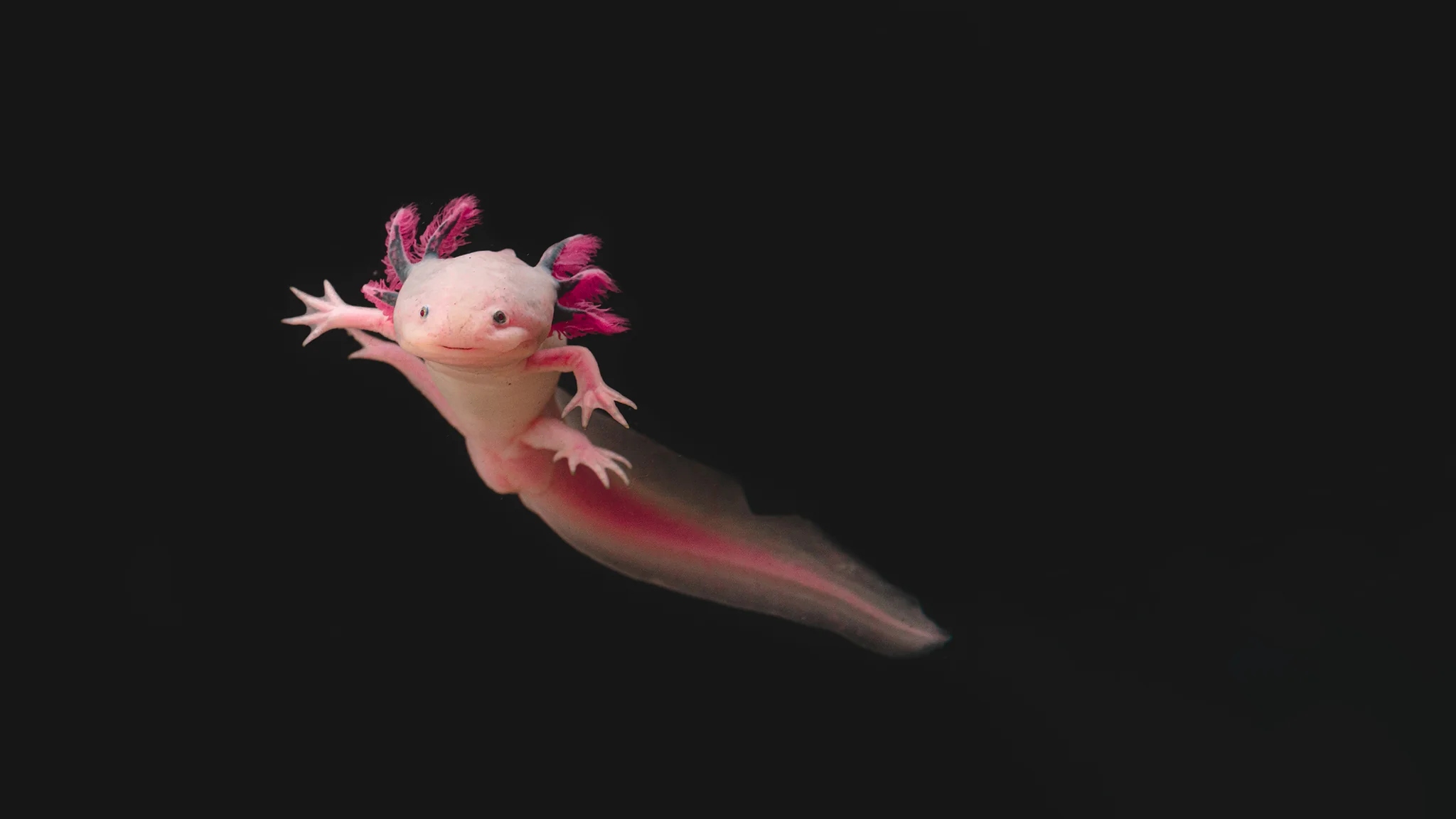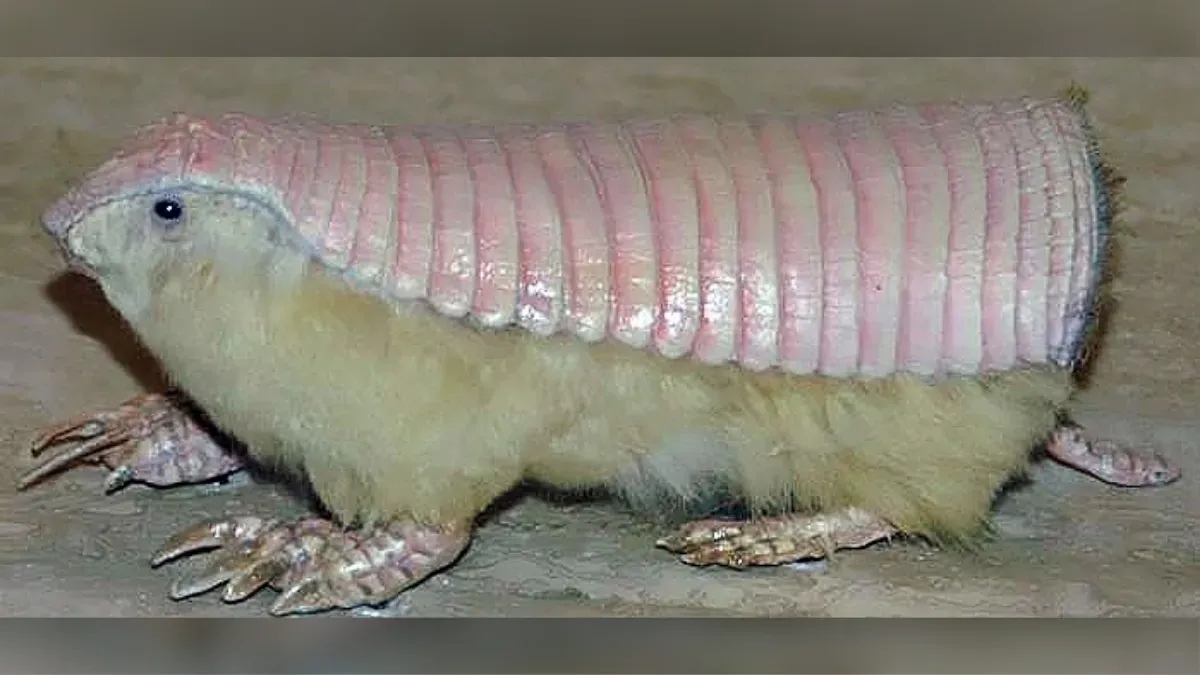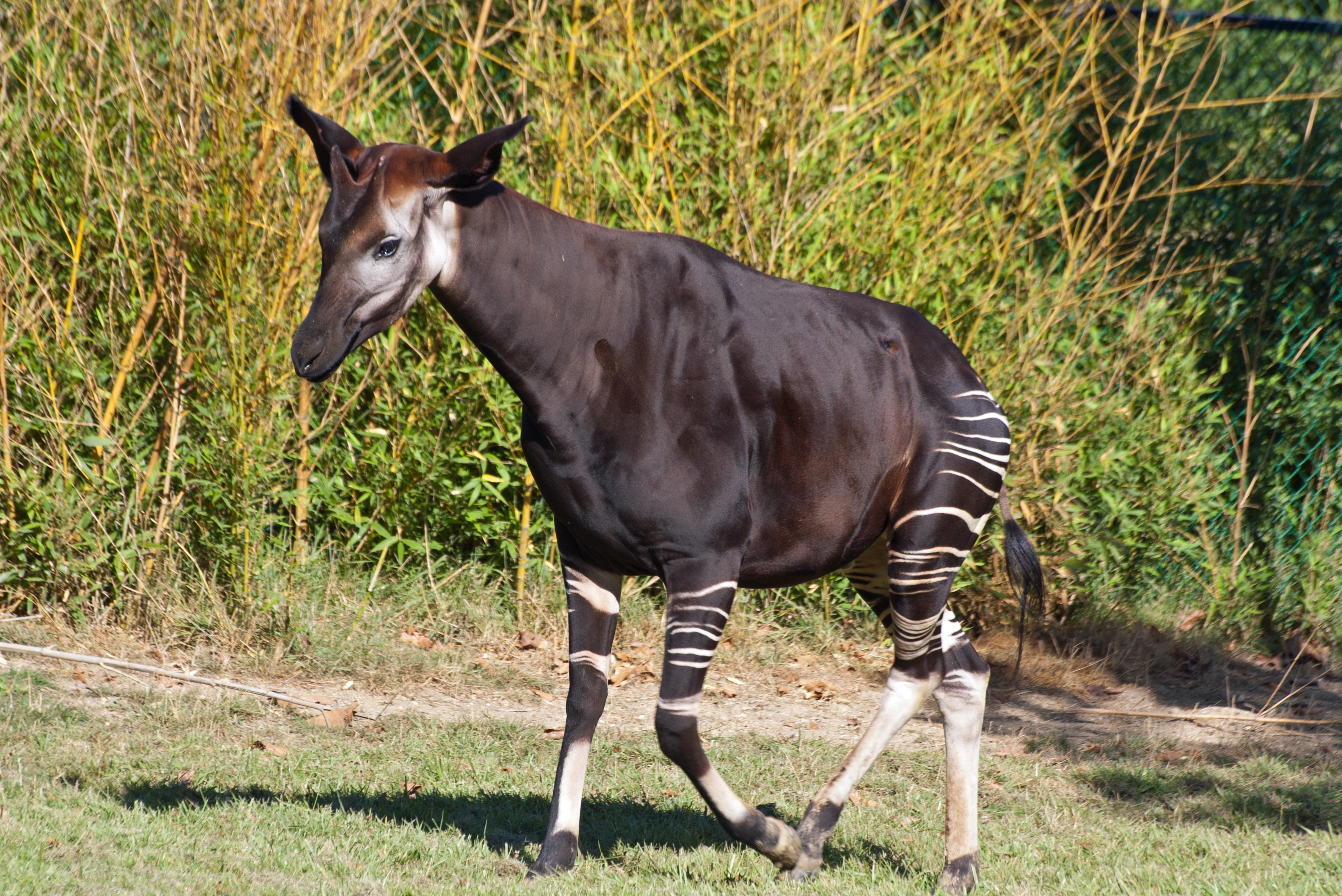Unusual Animals You Never Knew Existed - Unveiling The Hidden Wonders Of The Animal Kingdom
The animal kingdom is diverse and amazing, and there are countless species that many people have never heard of. From creatures that look like something out of a sci-fi movie to animals with unique behaviors and adaptations, there are many unusual animals you never knew existed.
Author:Dr. Felix ChaosphereReviewer:Xander OddityApr 17, 20232 Shares175 Views

The animal kingdom is diverse and amazing, and there are countless species that many people have never heard of. From creatures that look like something out of a sci-fi movie to animals with unique behaviors and adaptations, there are many unusual animals you never knew existed.
Rare And Unusual Animals You Never Knew Existed From Around The World
Check out these unusual animals you never knew existed:
Axolotl
Axolotls, also known as the Mexican salamander or Ambystoma mexicanum, are a type of salamander native to Mexico. They are unusual creatures that have the ability to regenerate their limbs, spinal cord, heart, and other organs. This unique trait has made them a subject of research in the field of regenerative medicine.
Axolotls have an elongated body, with four legs and a long tail. Their skin is soft and delicate, usually pinkish-grey in color. They have small eyes and external gills that protrude from their heads, which they use to breathe underwater. They can grow up to 18 inches long, with males usually larger than females.
Axolotls are fully aquatic and are found in lakes and canals in and around Mexico City. They are carnivorous, feeding on a variety of small prey including insects, small fish, and other aquatic creatures. They are also popular as pets and are often kept in aquariums.
One of the most remarkable things about axolotls is their ability to regenerate their body parts. If an axolotl loses a limb, it can regrow a perfect copy in just a few weeks. This is possible due to their cells' ability to differentiate into any type of cell needed to regrow the missing body part.
Axolotls are also unique in that they are neotenic, meaning they retain their juvenile features into adulthood. This includes their external gills, which most salamanders lose as they mature. As a result, axolotls never fully metamorphose into their adult form, instead retaining their larval features throughout their lives.
Axolotls are currently listed as critically endangered by the International Union for Conservation of Nature (IUCN). Their habitat is under threat due to pollution, habitat destruction, and the introduction of non-native species. They are also in demand in the pet trade, which has led to overcollection from the wild.
In recent years, axolotls have become popular as research subjects in the field of regenerative medicine. Scientists are studying the mechanisms behind their regenerative abilities in the hope of applying them to human medicine. Axolotls have already been used to study the regeneration of spinal cord tissue and to develop techniques for growing human organs.
Pink Fairy Armadillo
The Pink Fairy Armadillo, also known as Pichiciego or Dwarf Armadillo, is a fascinating animal found in the sandy plains, grasslands, and deserts of Argentina. It is known for its distinctive pinkish appearance, small size, and burrowing habits. Here is a detailed discussion of this unusual animal.
The Pink Fairy Armadillo is the smallest armadillo species, measuring only 10-15 centimeters in length and weighing around 120 grams. It has a flat, shield-like body covered with a hard, bony shell that ranges in color from pale pink to light brown.
Its head is triangular, with a long snout, small eyes, and large ears that help it locate insects and other small prey in the sandy soil. Its limbs are short and strong, with sharp claws that enable it to dig burrows with ease.
The armadillo's underbelly is covered in soft, white fur that helps it regulate its body temperature and protects it from the hot sand.
The Pink Fairy Armadillo is found exclusively in Argentina, where it inhabits the dry, sandy regions of central and northern provinces, including Mendoza, La Rioja, and San Luis.
It is a solitary, nocturnal animal that spends most of its time underground in burrows that it digs itself. It prefers sandy soil with low moisture content, where it can move around and hunt for food easily.
The Pink Fairy Armadillo is an omnivorous animal that feeds on insects, worms, small reptiles, and plant matter. Its long, sticky tongue helps it catch ants and termites, which it eats in large quantities. It also eats small seeds, fruits, and other vegetation that it finds on the surface.
Pangolin
These unusual creatures are covered in tough, overlapping scales and are found in Asia and Africa. They are the only mammals with this type of protective armor, which they curl up into a ball to defend themselves from predators.
Saiga Antelope
These antelopes have distinctive nose that hangs down over their mouth like a trunk, giving them a very unique appearance. They are found in central Asia and are critically endangered due to habitat loss and poaching.
Fossa
Native to Madagascar, the fossa is a carnivorous mammal that is related to the mongoose. It has retractable claws and is an expert climber, making it a formidable predator in the trees.
Platypus
Found only in Australia, the platypus is a monotreme, which means it lays eggs instead of giving birth to live young. It has a unique bill that it uses to detect prey in the water, and males have venomous spurs on their hind legs.
Glaucus Atlanticus
Also known as the "blue dragon," this small sea slug has a striking blue color and a unique appearance. It is found in the open ocean and is known for its ability to float upside down on the surface of the water.
Pink Dolphin
Found in the Amazon River, these dolphins are known for their distinctive pink color, which is caused by a lack of pigment in their skin. They are also known for their intelligence and social behavior.
Okapi
The okapi, known scientifically as Okapia johnstoni, is a mammal native to the dense rainforests of the northeastern Democratic Republic of the Congo in Central Africa.
The animal is also known as the "forest giraffe" due to its striking resemblance to giraffes, but with a much shorter neck. Okapis are known for their unique physical features, gentle nature, and elusive behavior in the wild.
Okapis have a compact, muscular build and can grow to be up to 8 feet (2.5 meters) long and 6 feet (1.8 meters) tall. They have a distinctive appearance, with a dark, reddish-brown coat with white stripes on their legs, rump, and face.
These stripes help them blend into the dappled light of the forest and provide camouflage from predators. Okapis also have large, upright ears that can rotate independently, which helps them listen for danger.
Okapis are mainly solitary animals, and they prefer to spend their time in dense forests where they can easily hide from predators. They are primarily active during the day, but they are also known to be active at night.
Okapis are herbivores and feed mainly on leaves, fruit, and other vegetation. They have a long, prehensile tongue that can reach up to 18 inches (45 cm) in length, which they use to strip leaves from trees and bushes.
Aye-Aye
Found only in Madagascar, the aye-aye is a type of lemur with a long, thin middle finger that it uses to extract insects from tree bark. It has a unique appearance with big ears and large eyes that help it navigate through the forest at night.
People Also Ask
What Are Some Unusual Animals That Live In The Deep Sea?
Some unusual animals that live in the deep sea include the fangtooth fish, the barreleye fish, and the vampire squid.
What Is The World's Smallest Mammal?
What Is The Difference Between A Llama And An Alpaca?
Llamas and alpacas are both South American camelids, but llamas are larger and have longer ears and coarser fiber than alpacas.
What Is The Function Of A Pangolin's Scales?
The scales of a pangolin serve as protection against predators. When threatened, a pangolin will curl up into a ball, exposing its tough, scaly exterior.
What Is The Significance Of The Axolotl In Mexican Culture?
The axolotl is considered a symbol of regeneration in Mexican culture, as it has the ability to regrow lost limbs and even organs.
Conclusion
The world is full of unique and unusual animals that are fascinating to learn about. Whether they have unique adaptations, strange appearances, or unusual behaviors, these unusual animals you never knew existed to remind us of the incredible diversity of life on our planet.

Dr. Felix Chaosphere
Author
Dr. Felix Chaosphere, a renowned and eccentric psychiatrist, is a master of unraveling the complexities of the human mind. With his wild and untamed hair, he embodies the essence of a brilliant but unconventional thinker. As a sexologist, he fearlessly delves into the depths of human desire and intimacy, unearthing hidden truths and challenging societal norms.
Beyond his professional expertise, Dr. Chaosphere is also a celebrated author, renowned for his provocative and thought-provoking literary works. His written words mirror the enigmatic nature of his persona, inviting readers to explore the labyrinthine corridors of the human psyche.
With his indomitable spirit and insatiable curiosity, Dr. Chaosphere continues to push boundaries, challenging society's preconceived notions and inspiring others to embrace their own inner tumult.

Xander Oddity
Reviewer
Xander Oddity, an eccentric and intrepid news reporter, is a master of unearthing the strange and bizarre. With an insatiable curiosity for the unconventional, Xander ventures into the depths of the unknown, fearlessly pursuing stories that defy conventional explanation. Armed with a vast reservoir of knowledge and experience in the realm of conspiracies, Xander is a seasoned investigator of the extraordinary.
Throughout his illustrious career, Xander has built a reputation for delving into the shadows of secrecy and unraveling the enigmatic. With an unyielding determination and an unwavering belief in the power of the bizarre, Xander strives to shed light on the unexplained and challenge the boundaries of conventional wisdom. In his pursuit of the truth, Xander continues to inspire others to question the world around them and embrace the unexpected.
Latest Articles
Popular Articles


